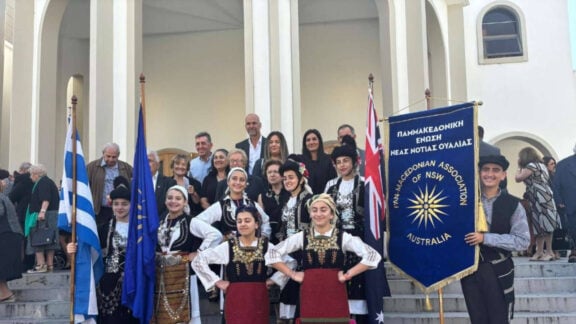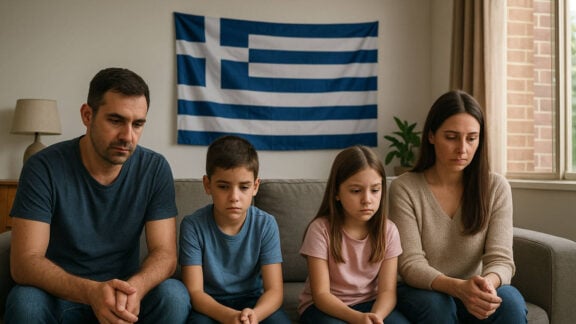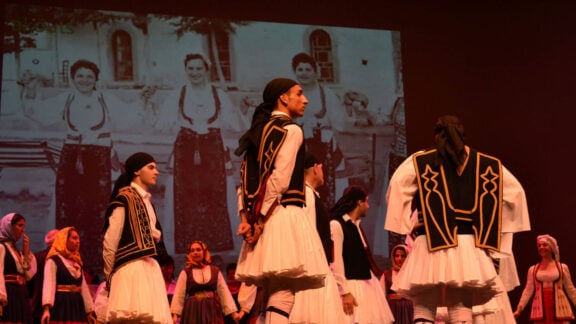It’s that time of the year again where all we can think of is Christmas parties, presents and all the food we will consume and then complain about everything in the new year. We will all go on diets and wonder where all our money went. But how many of us stop to think how all this started, what is the Christmas tree and where did it come from? Why do we give presents and why do Greeks give presents on New Year’s instead of Christmas? What is the symbolism of the sailing ship during this festive season in Greek culture? I will try and clear up these questions as precisely as possible and include the traditional recipes for this time of the year.
The Christmas tree has its roots in the past in pagan times. In ancient Roman times this season was celebrated for 17 days that ended on the 23rd December celebrating the god of harvest time. Our forefathers would burn a piece of wood called “hristόxilo” (χριστόξυλο), a piece of wood with thorns from 24th of December till the 6th January “Theofάnia” (θεοφάνια) to ward off the bad spirits.
The beginning of the Christmas tree as we know it can be traced back to Germany at the start of the 8th century in pre Christian times amongst some tribes. It is said that in 722 AD Saint Boniface encountered some pagans who were about to sacrifice a child at the base of a huge oak tree, he cut down the tree to prevent the sacrifice and a fir tree grew at the base of the oak, he then told everyone about this lovely evergreen that the branches pointing to the heaven was a holy tree – the tree of the Christ child, and symbol of His promise of eternal life.
Later in the 17th century we see this tree in Germany in front of homes, lit up and covered with food and clothes symbols of divine gifts. The colourful lights that we have as decoration today have replaced the lit candles that were there originally and was the creation of the monk Martin Luther who likened the candles to the stars. The Christmas tree came to Greece with the Bavarian king Othon and we see it for the first time in 1833 decorated in Greece’s first modern capital Nafplio. It’s not till after WWII in the 20th century that we see the Christmas tree in most Greek homes.
The tree was to replace the traditional sailing ship which symbolized the new journey of mankind with the birth of Christ and was also a type of thanks and offering for the return of the seafaring men to their homes for the holy days of Christmas and New Year. As New Year in Greece is as holy – if not more – than Christmas, as it is Saint Basil’s Day (Αγιος Βασίλειος), this is the day that presents are handed out.
Many things have changed in Greece, the turkey has taken over the pork, the tree has almost eclipsed the ship but present giving is still strictly on Saint Basils Day and that goes all the way back to Basil’s life as he was the first to give presents. Basil the Great as he is now known (330 AD – 379 AD) came from a very affluent family; he was highly educated in Athens as Athens was still a centre for learning in early Christian times. He created the first hospitals, old peoples homes and orphanages. The Emperor had tried to tax the people in Basil’s diocese but he would not pay.
However, the many faithful followers gave him all they had in jewellery and money to help pay the bill which he still refused to pay. He then had to give back the money and jewellery he had collected and as he had not kept a record of what belonged to who, he had small cakes made and put jewellery and money inside and distributed the cakes to his followers hence the birth of the Vasilόpita (the New Year sweet bread) and the gift giving on New Year’s Day.








